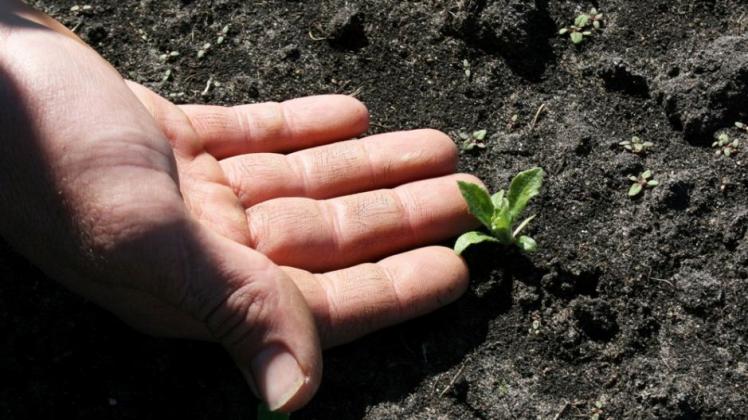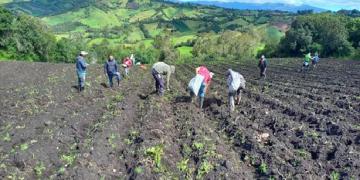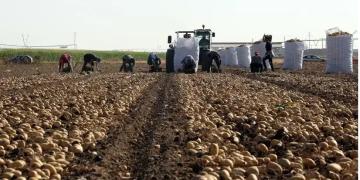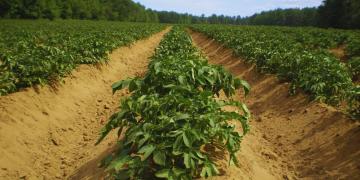Australia: Potatoes SA & PIRSA research: Save $220 per ha by fertilising with less phosphorous
South Australian research suggests landholders could save $220 per hectare by fertilising with less phosphorous.
The study from Potatoes South Australia and Primary Industries and Regions SA (PIRSA) at 15 trial sites across Victoria and South Australia indicated 70 per cent of soils had enough phosphorous, before fertiliser application.
Researcher Dr Melissa Fraser said a DGT test (Diffusive Gradients in Thin-films), which was calibrated for wheat, barley, canola and now potato production, was a better way to measure how plants absorb phosphorous.
"The DGT test gives us a more accurate indication of how much phosphorous the plant can take up," she said.
"Rather than telling us how much total phosphorous is in the soil."
Ms Fraser said the DGT test was far more precise than the Colwell and Olsen tests, which were commonly used to measure phosphorous soil concentrations.
"We can probably reduce our rates by 40 up to 60 kilograms of phosphorous per hectare."
Researchers involved in the study are hopeful the research can be applied to numerous industries.
"There is a huge amount of scope for this test and this technology to be used in other commodity crops, such as carrots and onions, which are other high users of phosphorous fertiliser."
Ms Fraser said there were significant environmental and economic drivers for the research.
"There were concerns, when the project came about that the phosphorous rates that we were using in the industry were quite high," she said.
"This has an economic impact, but also potentially an environmental impact as well."
Fuente: http://www.abc.net.au/news/2016-03-23/sa-research:-save-$220-ha-by-fertilising-with-less-phosphorous/7265900








